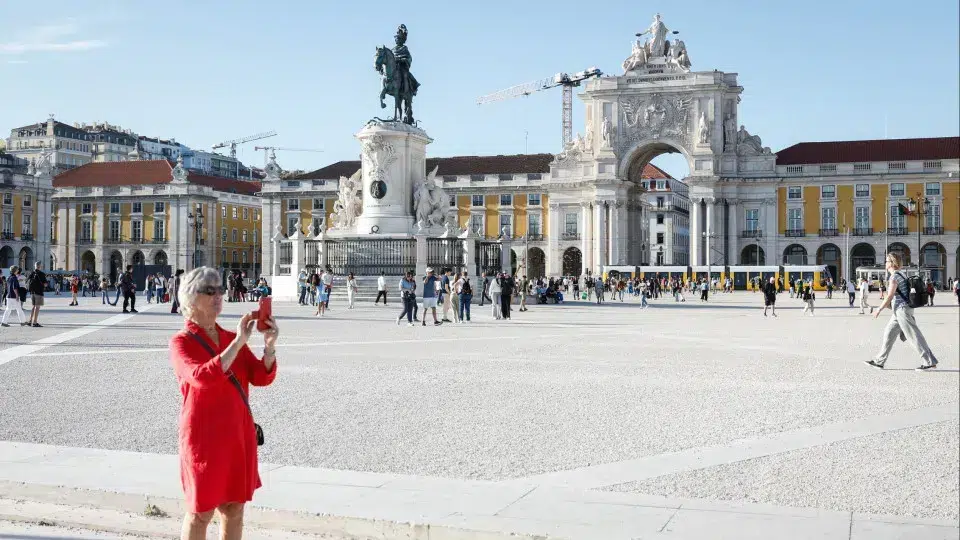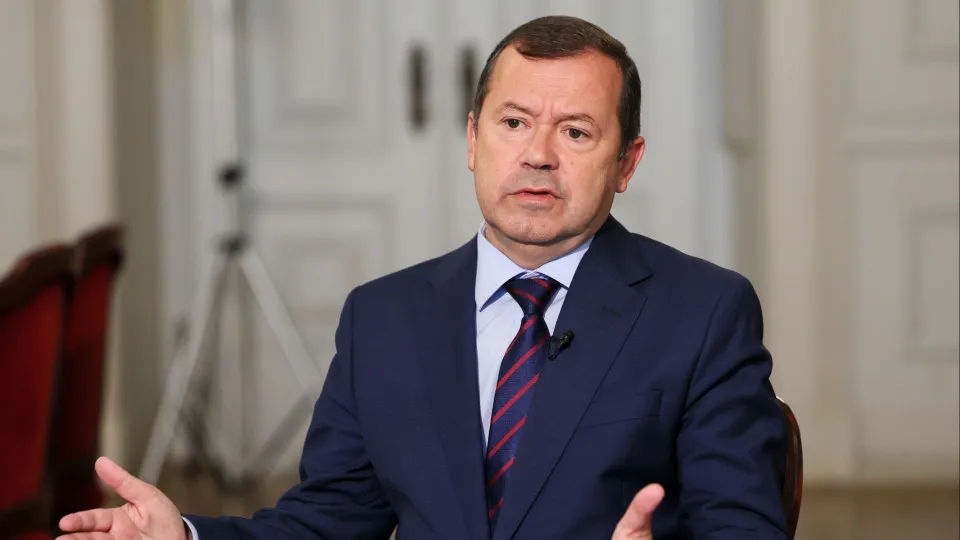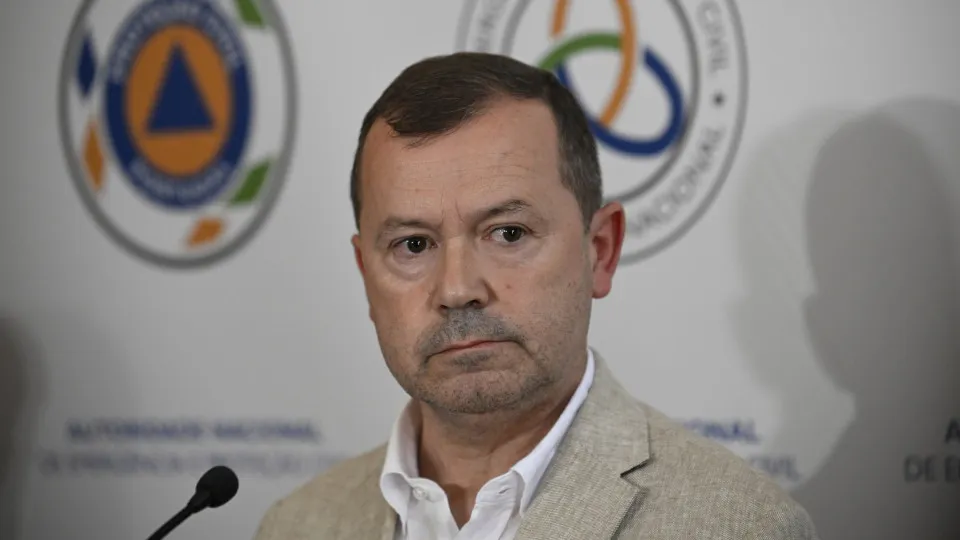
“We currently have about 75,000 Argentine visitors to Portugal each year, and we aim to reach 100,000 by the end of 2026 and double that number in the following two or three years,” stated Lídia Monteiro, a director at Portugal Tourism, on Saturday during the opening of the Buenos Aires International Tourism Fair (FIT), the largest in Latin America and the third largest in the world.
Until September 30, Portugal has the unique opportunity to capitalize on being the guest country at the Argentine event.
“We hope that being the guest country at this fair will spark interest in Portugal within the Argentine market, thus increasing the number of travelers from Argentina to our country,” Monteiro emphasized as visitors sampled cheeses and sweets at the Portugal stand.
The path to welcoming at least 200,000 Argentine tourists begins with this FIT2025, a conservative estimate, considering the relatively untapped potential for Portugal Tourism authorities, more accustomed to engaging with Brazil in this region.
“It could exceed 200,000 because we truly believe this market shares strong cultural ties with us, which facilitates Argentines’ interest in visiting Portugal,” she added.
Beside Lídia Monteiro, Bernardo Barreiros Cardoso, the institution’s coordinator for South America, aims higher.
“I aim to attract one million Argentine tourists to Portugal within ten years. This is a realistic target, considering Spain receives 2.5 million Argentine visitors, right next door. It’s a matter of effectively working this market,” he expressed confidence.
These timelines could be shortened if Portuguese authorities succeed in establishing a direct flight between Lisbon and Buenos Aires, currently non-existent, with all diplomatic efforts directed at TAP.
“Yes, this is a major challenge, no doubt. If realized, it will depend on flight frequency and aircraft capacity, but we believe that connectivity directly increases tourist flow by at least 25%. We know tourism indirectly stimulates the economy, boosting other businesses,” explained Lídia Monteiro.
An alternative would be for the state-run Aerolíneas Argentinas to connect Buenos Aires to Lisbon, but the airline is undergoing a significant internal restructuring, with aircraft shortages and plans, including privatization. Fabián Lombardo, president of Aerolíneas Argentinas, ruled out the possibility of a direct flight at present.
This marks Portugal’s first participation in the Latin American International Tourism Fair, bringing thirteen tourism companies (agencies, tour operators, and hotels), alongside three represented regions (Porto/North, Alentejo, and Center).
“Once we were selected as the guest country, Portuguese companies showed great interest in the Argentine market. We are embarking on a business relationship that poses a significant challenge for these companies,” noted Lídia Monteiro.
Seven Argentine artists were invited to depict regions of Portugal in watercolor and hand-drawn sketches. On Saturday, Lusa witnessed the artists painting Algarve, Alentejo, Azores, Center of Portugal, Lisbon, and Madeira.
Daily until September 30, the Portugal stand will feature tastings of olive oils, cheeses, liqueurs, and Portuguese sweets.
Argentine tourists predominate during weekends, while operators dominate on weekdays. The former seeks to discover Portugal; the latter closes packages offered to them, including hotels and flights, currently with connections in Brazil or Spain.




